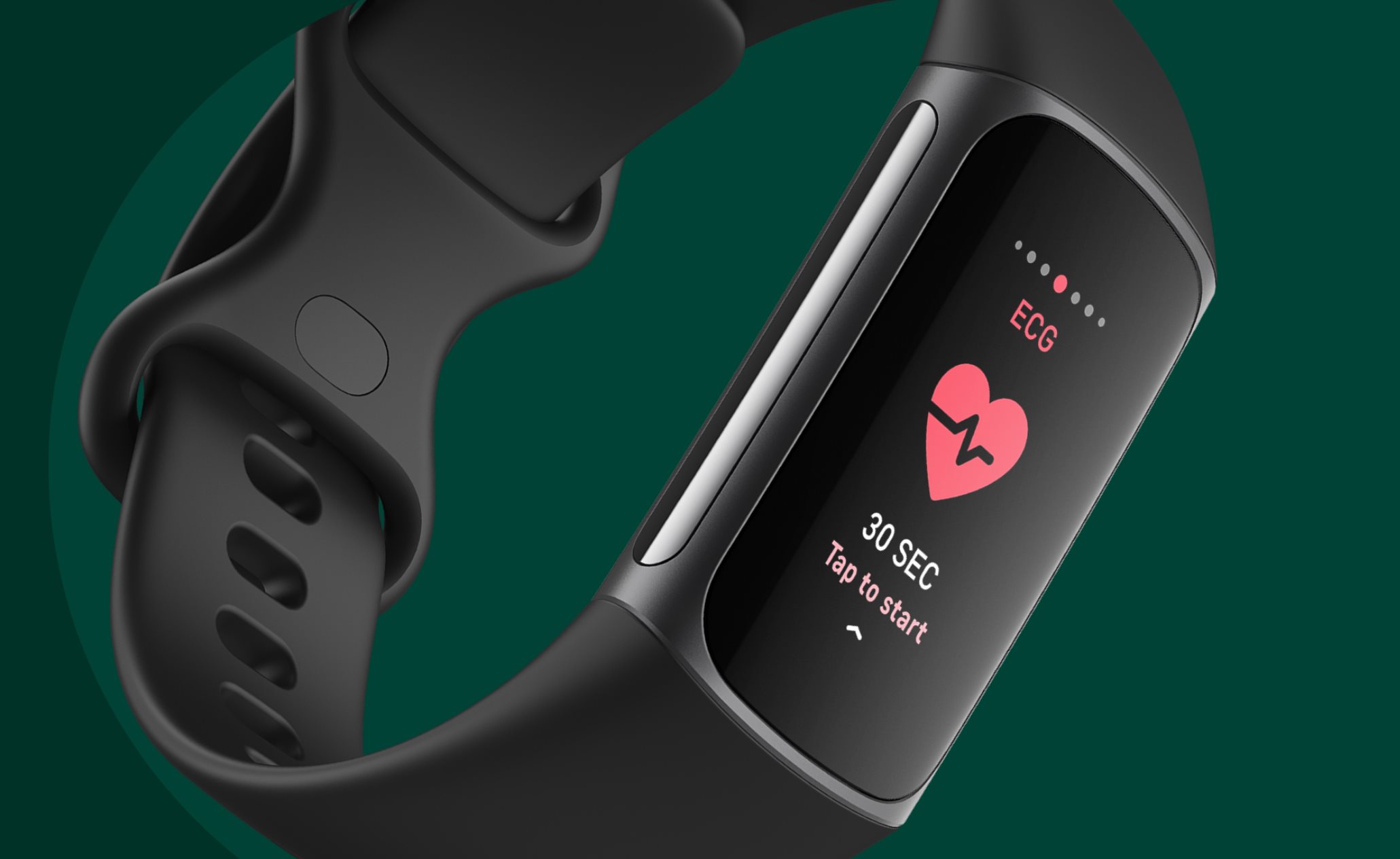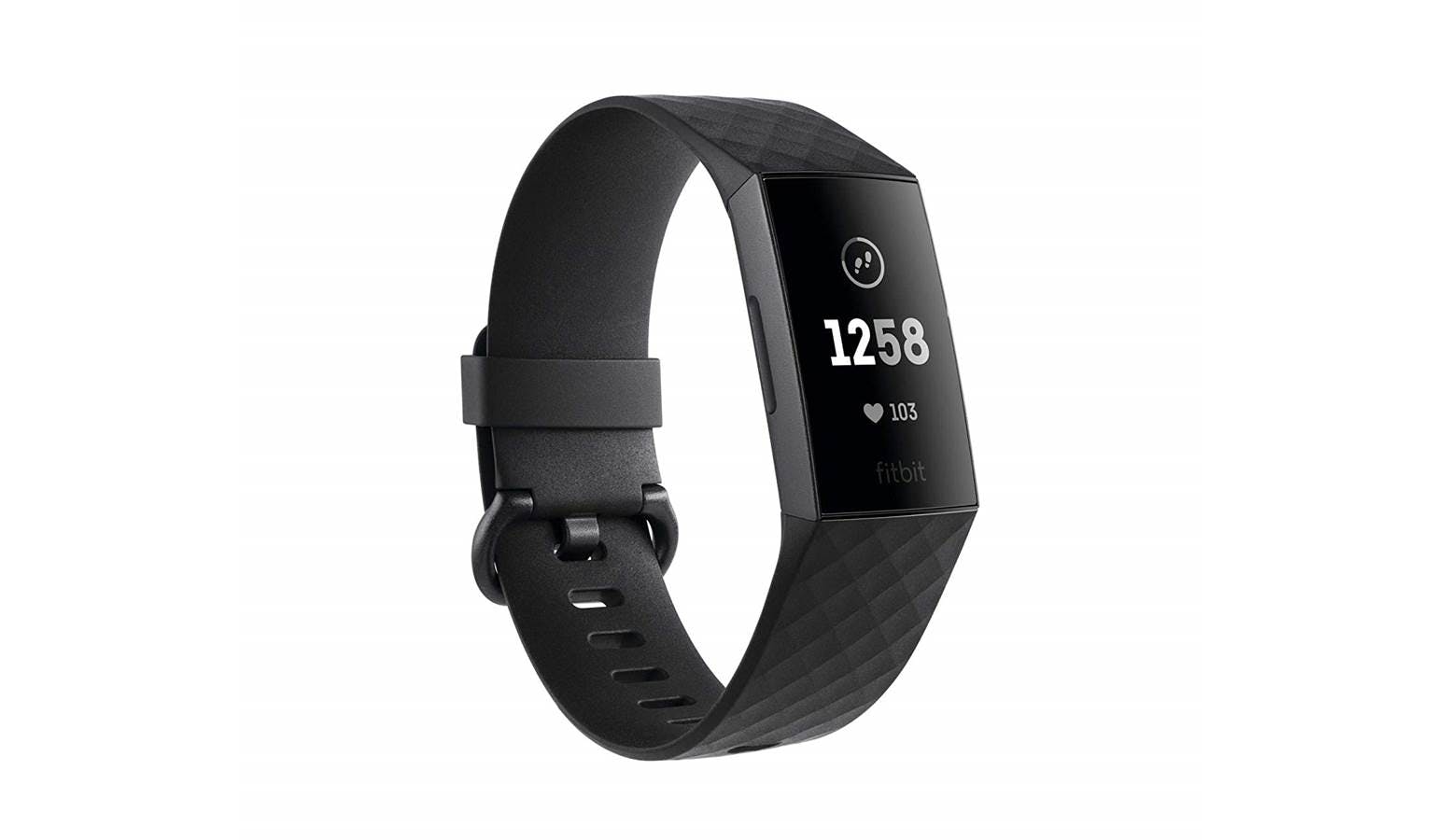

In the first week of use, I got six days of battery life, and that included three 30-minute runs tracked using the Charge 5's onboard GPS. One thing you’ve never had to spring for in a non-standard edition is Fitbit's sleep tracking and multi-day battery life - both remain excellent here.

Though, as most of my cards are blue, it’s really the bigger, sharper display that’s doing most of the assisting, I suspect. The highsįitbit Pay is standard now, rather than only being offered with “special edition” Charge models, and that’s the one instance where I’ve found the color display handy: recognizing which card I’m using on my Fitbit at a glance. Still, the feature is doubtless coming, but if it’s the reason you want a wearable, you should perhaps look elsewhere. After all, Fitbit let multiple generations of wearables roll out with SpO2 sensors before it actually began harnessing them. Craig Wilson / InputĪs for the promised ECG readings, I have to wonder how long it’ll take for Fitbit to actually add it the Apple Watch has supported ECG readings since the Series 4 came out in 2018. How do I feel? Mostly like I just wasted three minutes I’ll never get back. Perhaps this is a feature some users will value, or maybe it’ll improve over time. And sitting still for three minutes, clasping the edge of your Fitbit, isn’t exactly relaxing. The EDA doesn’t provide helpful metrics beyond telling you how you fared compared to your previous tests. The EDA scan claims to be a measure of stress it requires you to hold the device’s edges between thumb and forefinger for three minutes while you sit still and try to follow on-screen breathing prompts. These include new sensor strips on either side that enable electrodermal activity sensor (EDA) scans and the promise that the device will be able to perform ECGs down the road. The other feature Fitbit’s raving about on the Charge 5 is its heart-health-focused features. To my mind, part of a Fitbit’s charm is not having to charge it more than once or twice a week, so I soon reverted to letting the display turn off after a few seconds. To do anything, you have to double-tap to wake it, but that doesn’t change anything on the screen, so it adds another step and is a little counterintuitive.Īssuming you set auto-wake to “on” to get around this and choose the always-on display, you then cut the average battery life from seven days to around two. Second, if you’ve got auto-wake turned off (the feature that wakes the device when you lift your wrist), it looks like the display is on when you look at it, but it isn’t. First, it’s pretty dim, even with the battery-sapping brightness (which it warns you about) cranked up. Craig Wilson / Inputįitbit’s also introduced an always-on option for the Charge 5, but it’s flawed. The display doesn’t stretch to the edges.


 0 kommentar(er)
0 kommentar(er)
